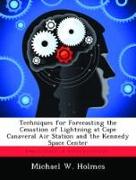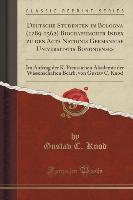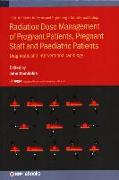- Start
- Techniques for Forecasting the Cessation of Lightning at Cape Canaveral Air Station and the Kennedy Space Center
Techniques for Forecasting the Cessation of Lightning at Cape Canaveral Air Station and the Kennedy Space Center
Angebote / Angebote:
The focus of this research effort is directed toward identifying new methods of forecasting the cessation of lightning along the Central Atlantic Coast of Florida. Cloud-to-ground lightning flashes place Air Force (AF) personnel and assets at risk almost daily at this location. Providing a more accurate method of forecasting the cessation of lightning would allow for safer and more efficient execution of AF operations. A data set consisting of 40 thunderstorm cases was identified within a 90 nautical miles (nmi) region surrounding the Melbourne, Florida WSR-88D (KMLB) site. Each case falls between the months of May and September and the years of 1995 through 1997. Simple and multiple linear regression models are built using this dataset. Variables included max Vertically Integrated Liquid water (VIL), max reflectivity, max peak current, peak cumulative flash rate, peak negative flash rate, and peak positive flash rate. Results indicate that three of the simple linear regression models to some extent accurately represent the data. Additionally, when the data set is separated by thunderstorm cell type (multi or single) and cell specific regressions are built, results indicate that the regressions based on the single-cell data set produce a substantial increase in forecast skill compared to that of climatology. In fact, some regressions are shown to improve forecast accuracy by 90 % over that of climatology. Moreover, multiple linear regression models are shown to produce similar results and further reinforce the notion that each thunderstorm cell type (multi or single) behaves substantially different from the other with respect to forecasting the cessation of lightning.
Folgt in ca. 15 Arbeitstagen





